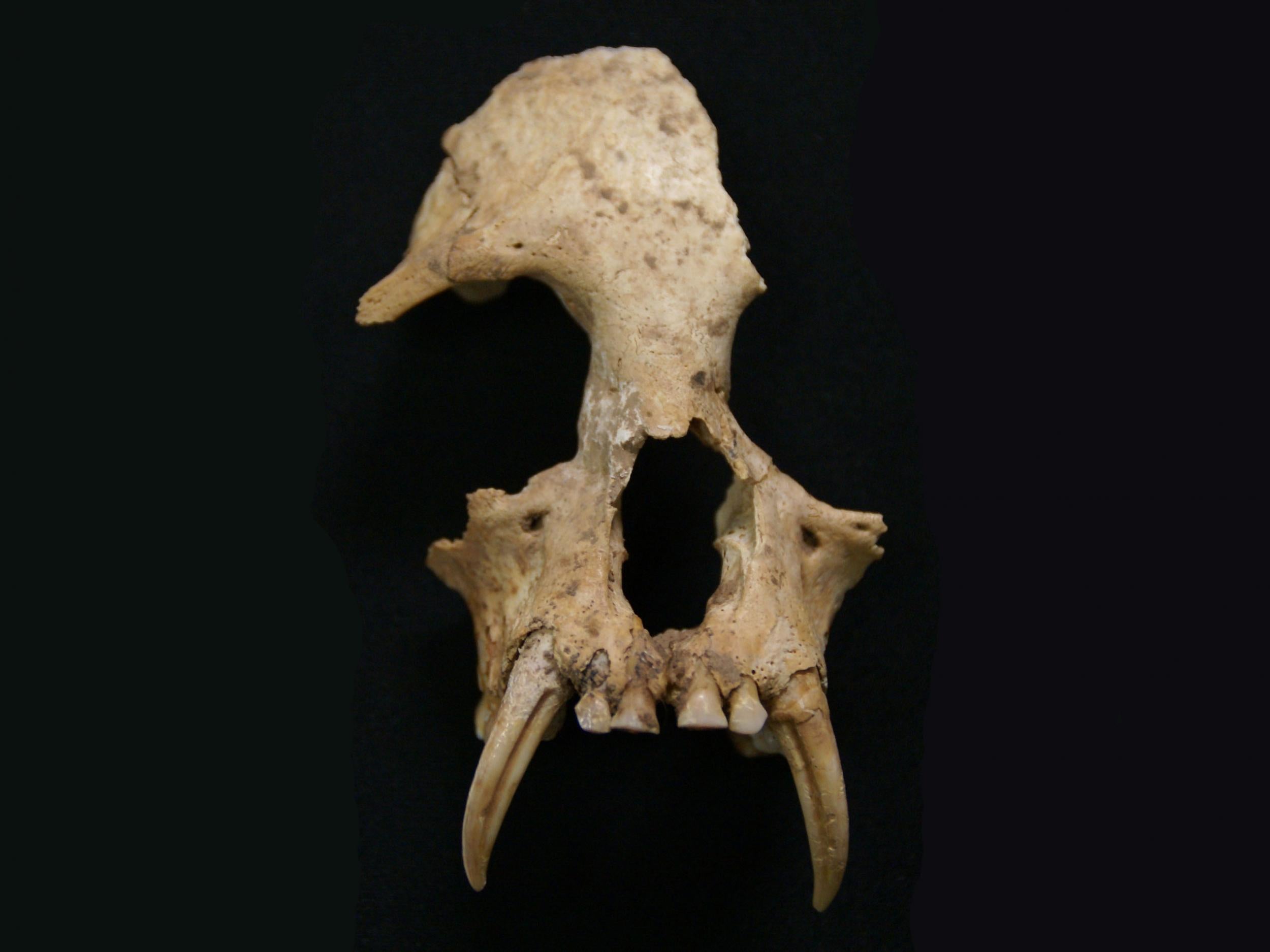New species of extinct ape discovered in tomb of ancient Chinese noblewoman
Gibbon likely belonged to Lady Xia, grandmother of China's first emperor, but its species appears to have been driven to extinction by deforestation

Your support helps us to tell the story
From reproductive rights to climate change to Big Tech, The Independent is on the ground when the story is developing. Whether it's investigating the financials of Elon Musk's pro-Trump PAC or producing our latest documentary, 'The A Word', which shines a light on the American women fighting for reproductive rights, we know how important it is to parse out the facts from the messaging.
At such a critical moment in US history, we need reporters on the ground. Your donation allows us to keep sending journalists to speak to both sides of the story.
The Independent is trusted by Americans across the entire political spectrum. And unlike many other quality news outlets, we choose not to lock Americans out of our reporting and analysis with paywalls. We believe quality journalism should be available to everyone, paid for by those who can afford it.
Your support makes all the difference.A new species of ape has been discovered buried alongside a member of an ancient Chinese royal family.
The bones of the long-extinct variety of gibbon were unearthed in a “grave menagerie” from a 2200-year-old tomb in the ancient capital city of Chang’an.
During this period of China’s history, gibbons were considered “noble” animals and were often kept as pets. The ancient grave also contained the skeletons of leopards, lynx, bears, cranes and domestic animals.
The creatures interred in the tomb are thought to have belonged to Lady Xia, grandmother of the nation’s first emperor, Qin Shi Huang.
Naming their find Junzi imperialis, the scientists said the discovery is particularly noteworthy given the total lack of gibbons in the region today.
Dr Samuel Turvey, a conservation biologist at the Zoological Society of London who made the discovery, told Science magazine that accounts of gibbons in central China are confined to the history books.
“It is very, very far from any gibbon populations today,” he said.
Dr Turvey came across the gibbon remains, which were first unearthed in 2004, while visiting the Shaanxi Provincial Institute of Archaeology in Xi’an.
While he and his colleagues were not allowed by Chinese authorities to let the team extract DNA from the bones, they conducted rigorous analyses of the dimensions of the gibbon’s skull to compare it with existing species.
The skull and jaws were so different from the 20 existing species of gibbons that the scientists deduced it belonged to an entirely new, extinct group.
They named the new species junzi after the term for scholar-officials the apes were historically associated with, according to historical accounts. Its discovery was documented in the journal Science.
Dr Thomas Geissmann, a gibbon expert at the University of Zurich, said the skull is a “fantastic find”, and could be the first evidence of many more gibbon species that used to inhabit this part of China.
“I don’t doubt for a second that it’s a new species, and probably a new genus,” he said.
Historical accounts and artwork from ancient China are full of references to gibbons, and could help scientists understand what the ape looked like when it was alive.
Despite the reverence the ancient Chinese gave to these primates, it is likely that human expansion into the region’s expansive forests during this period spelled the end for its gibbon inhabitants.
As forests are felled and agriculture expands, the gibbons’ habitat was probably whittled away, and the onset of a cooler, drier climate in central China at this time could have added to the pressure on its apes.
Similar pressures still face gibbons today. In China, two species of these primates have disappeared recently, and the surviving representatives of the group are critically endangered.
Scientists have warned that around 60 per cent of all primate species globally are threatened with extinction, including chimpanzees, gorillas and orangutans.
The Hainan gibbon, which inhabits the Chinese island it takes its name from, may be the rarest mammal in the world – with only around 26 individuals remaining. The pressures facing these apes are similar to those that seemingly faced their ancient central Chinese cousins – human activity and habitat destruction.
Join our commenting forum
Join thought-provoking conversations, follow other Independent readers and see their replies
Comments